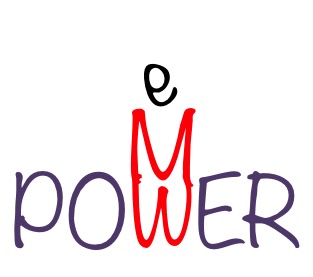The power of getting someone do an act right is transformative. Others beginning to do the work you have been teaching or doing is empowering. Empowerment is a superpower. Many more people learn, work and create impact. It is making someone do something more than he/she believes can do. If we do not empower others the world will remain poor.
Most often we do not empower others for reasons that appear to be right. The major reasons why we do not engage in empowering are two.
1.
It is time consuming
While teaching photography, I do a lot of exercises
and projects with the students. While doing a project and when we need to get
something done right, it is easier and faster to take the camera and shoot it myself.
I might get the work done faster and
better, but the student would not learn to do it. She would not get empowered.
Or it is like a little child wearing a sweater. She/he
would insist that she/he fixes the buttons of the sweater herself/himself. As
you watch you realise that her/his tiny fingers struggle to handle the buttons
or coordinate between the button and the buttonhole. The child would take
several minutes to do it. Often we adults intervene and fix it faster and get
going. But in the process the child remains not empowered.
2.
Fear of Failures
In the process of someone learning to walk a new path
or do a new job chances of failures are very high. Many opportunities of
empowerment get lost in this fear of failure. But the truth is that by not
empowering we are failing already.

Comments
Post a Comment